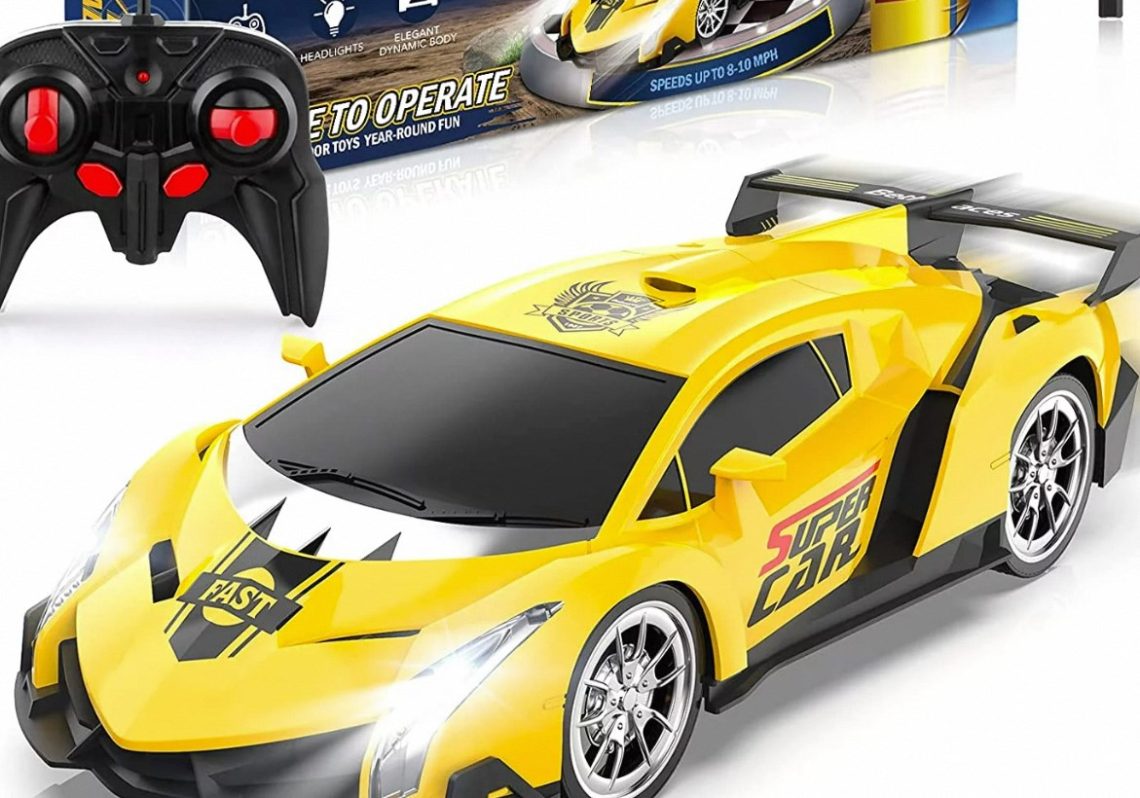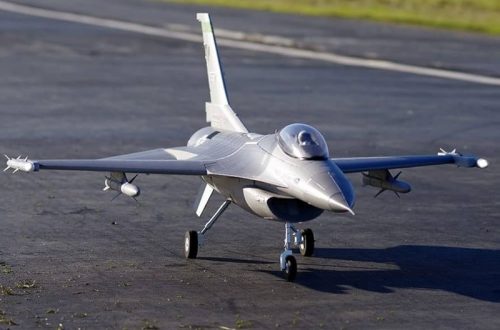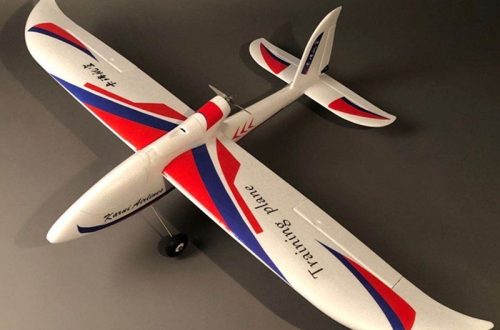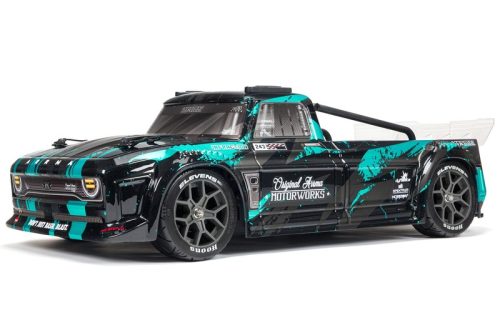The beating heart of any RC car is its motor, the component that translates electrical energy into the thrilling power that propels these miniature machines across diverse terrains. Choosing the right motor for your RC car is crucial, as it significantly impacts performance, efficiency, and overall driving experience. This guide delves into the two primary types of RC car motors – brushed and brushless – to empower you to make informed decisions when selecting the motor that best suits your needs.
Part 1: Brushed Motors – The Reliable Workhorse
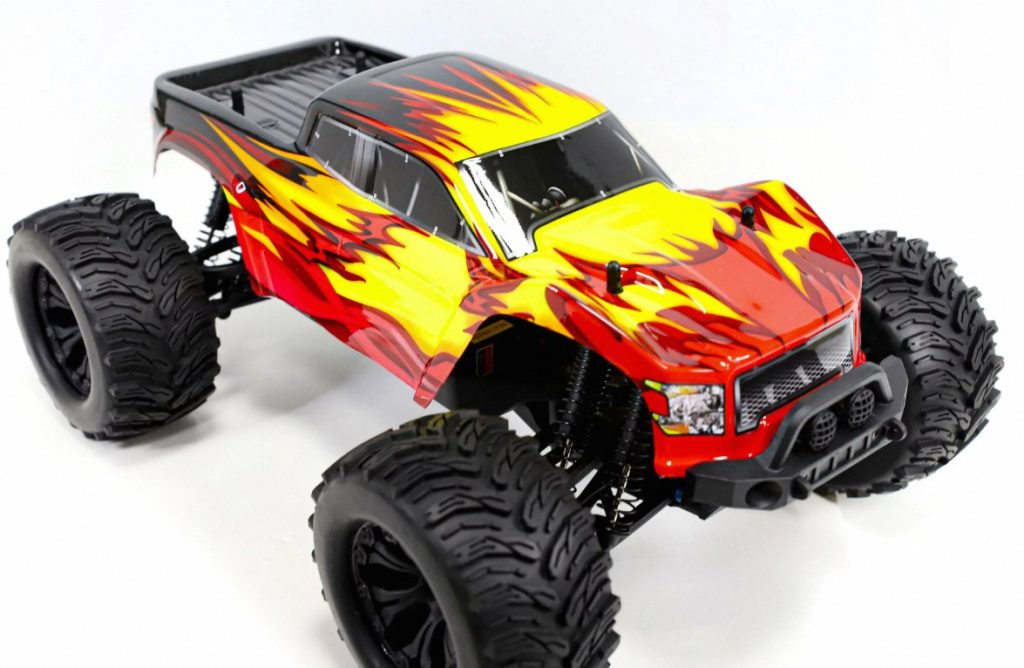
Simple Design and Affordability:
Brushed motors boast a straightforward design, featuring a commutator and brushes that make physical contact to transfer current to the motor’s coil. This simple construction translates to lower production costs, making brushed motors the more affordable option compared to their brushless counterparts.
Ease of Maintenance:
Brushed motors are well-regarded for their user-friendly nature and ease of maintenance. The brushes, which gradually wear out over time due to friction, are relatively inexpensive and straightforward to replace, enabling users to keep their RC cars running smoothly with minimal maintenance. This simple maintenance process allows hobbyists to extend the lifespan of their brushed motors without significant investment or technical expertise. Additionally, the accessibility of replacement brushes and the uncomplicated procedure for installation make it convenient for enthusiasts to maintain their RC vehicles, ensuring consistent performance and longevity. This characteristic makes brushed motors an attractive option for hobbyists who prioritize cost-effectiveness and ease of upkeep, as it allows them to continue enjoying their RC racing experience with minimal downtime and hassle.
Part 2: Brushless Motors – The Powerhouse of Performance
Superior Power and Efficiency:

Brushless motors represent a significant technological advancement in the realm of RC car propulsion. By eliminating the friction associated with brushes through the implementation of electronic commutation, these motors deliver notable advantages over their brushed counterparts. Electronic commutation allows brushless motors to achieve increased power output, improved efficiency, and cooler operation, leading to enhanced overall performance. This technology translates to higher speeds, improved acceleration, and greater responsiveness, making brushless motors the ideal choice for high-performance RC cars that demand exceptional speed and agility on the track. Moreover, the absence of brushes in brushless motors results in reduced maintenance requirements, as there are no components that experience physical wear during operation. These characteristics position brushless motors as the preferred option for enthusiasts seeking the highest levels of performance and reliability in their pursuit of competitive RC car racing.
Durability and Longevity:
The absence of brushes in brushless motors is a significant advantage, as it leads to a reduction in wear and tear. Without brushes to make physical contact with the motor’s rotor, there is less friction and heat generation, resulting in decreased wear on the motor’s components over time. Furthermore, brushless motors are often constructed using higher-quality materials and advanced construction techniques, contributing to their greater durability and longer operational lifespan compared to brushed motors. These superior materials and construction methods enhance the overall robustness of brushless motors, making them more resistant to wear and damage, ultimately extending their operational longevity. As a result, brushless motors are a more reliable choice for applications that demand consistent, long-term performance, such as in high-speed RC cars where durability and reliability are crucial for sustained and consistent power delivery during intense racing conditions.

Part 3: Choosing the Right Motor – Factors to Consider
Skill Level and Application:
For beginners venturing into the world of RC cars, brushed motors offer a user-friendly and cost-effective entry point. Their affordability and ease of maintenance make them ideal for learning the ropes of RC car control. As your skills progress and your desire for speed and performance grows, brushless motors become the natural choice.
Type of RC Car:
When selecting a motor for your RC car, it’s important to consider the type of vehicle you own as it significantly influences the motor choice. Beginner-friendly RC cars such as buggies, trucks, and short-course trucks often feature brushed motors due to their cost-effectiveness and ease of use. These vehicles are designed for recreational and entry-level racing, and their intended purpose aligns well with the simplicity of brushed motors. On the other hand, brushless motors are the preferred choice for high-performance RC cars such as racing buggies, touring cars, and drift cars. These vehicles are designed for competitive racing and demand the superior power, efficiency, and durability offered by brushless motors to achieve peak performance. As such, the type of RC car you own should be a key consideration when determining whether a brushed or brushless motor is the most suitable option for your specific racing needs and aspirations.
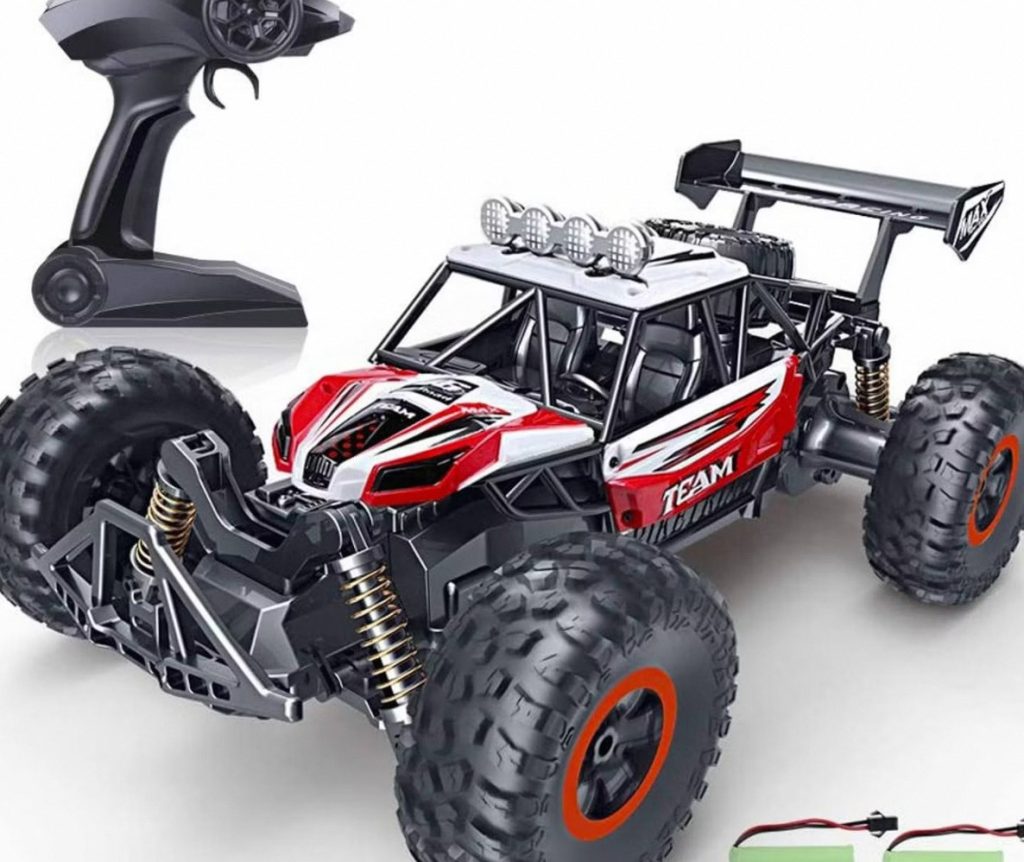
Part 4: Additional Considerations – Beyond Brushed vs. Brushless
KV Rating:
The KV rating, also known as the Kv factor, indicates the number of revolutions per minute (RPM) the motor generates for every volt of applied electricity. A higher KV rating translates to higher potential speed but less torque. Conversely, a lower KV rating delivers more torque for better acceleration and handling, but with a lower top speed.
Sensor Technology:
Certain brushless motors integrate sensor technology, offering advantages over sensorless counterparts. The inclusion of sensors provides the motor controller with accurate and real-time rotor position data, leading to smoother operation and precise control. This technology enhances the motor’s efficiency, contributing to improved overall performance. By continuously monitoring the rotor’s position, sensor-equipped brushless motors can optimize the power delivery and responsiveness, leading to a smoother and more consistent operational experience. Additionally, the utilization of sensors allows for the implementation of advanced control algorithms, resulting in superior speed regulation and torque control. This level of precision and responsiveness makes sensor-equipped brushless motors particularly well-suited for demanding applications, such as high-performance RC cars, where precise control and efficient power delivery are crucial for achieving optimal performance on the track.
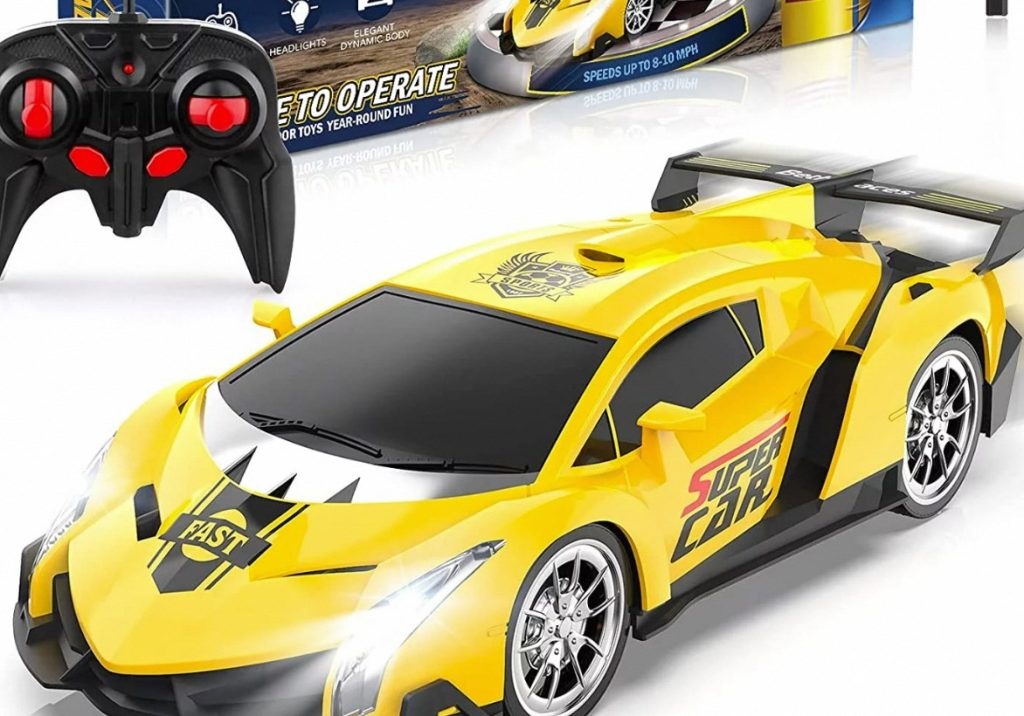
By understanding the strengths and limitations of brushed and brushless motors, along with the additional factors mentioned above, you’ll be well-equipped to select the perfect motor that unleashes the full potential of your RC car. So, power up your passion for RC cars, choose the right motor, and get ready to experience the exhilarating world of remote-controlled speed and agility!
